Invention, Intellectual Property and Income
Individual Assignment
Dissemination of the Shadenet Automation in Polyhouse.
1. Target Audience
Farmers and Agricultural Enthusiasts: Especially those managing sheds, greenhouses, or polyhouses.
Students and Educators: Focus on those in agriculture, electronics, and automation fields.
Research Institutions and NGOs: Working in areas related to sustainable agriculture and smart farming.
2. Dissemination Objectives
Share how automation can improve environmental control within sheds.
Encourage replication and adaptation of the project to increase productivity in agriculture.
Provide accessible documentation, code, and results for collaboration and further development.
3. Dissemination Methods
a. Workshops and Demonstrations
Field Demonstration at Vigyan Ashram:
I can organize a workshop for local farmers and students, allowing them to observe the shed automation system in action. This would demonstrate how the Phototransistor manages light conditions and automates the opening and closing of Shadenet.
Webinars:
I could conduct online sessions explaining the system's functionality, highlighting how the phototransistor sensor adjusts according to light levels and the relay-controlled operation of a single-phase induction motor.
Hands-on Training:
Offering workshops to teach the integration of Phototransistor with microcontrollers like the ESP32 could help farming communities or students interested in IoT applications.
b. Documentation and Open Source Sharing
Open-Source Code:
I plan to make the code available on platforms like GitHub or Hackster.io, allowing others to replicate or customize the project. The role of the Phototransistor in controlling the system's functions will be a key part of the documentation.
Video Tutorials:
I could produce video tutorials that explain each step of the project’s development, with a focus on the Phototransistor integration and how to set light thresholds for curtain adjustments.
c. Community Engagement
Farmer Outreach Programs:
Engaging with local agricultural groups and associations to demonstrate the benefits of automating shed management could be a powerful way to promote this solution. I'll highlight how sensors like the Phototransistor can optimize light conditions in farming environments.
Collaborations with Agricultural Institutes:
Partnering with research institutions could provide valuable feedback on the system’s performance across different crops and climates.
Online Forums and Groups:
I'll share my work in online communities (like Arduino, ESP32, or farming tech groups) to support others interested in similar projects and encourage adoption.
d. Online and Print Publications
Blog Posts/Articles:
I will write articles that emphasize the benefits of shed automation for productivity and sustainability, explaining how technologies like the Phototransistor contribute to effective light management. These posts will be shared on platforms such as Medium and LinkedIn.
Research Papers:
If applicable, I can write and submit research papers focusing on the combined use of Phototransistor, temperature sensors, and soil moisture sensors to control shed environments. These papers could be published in journals related to agriculture and IoT technology.
Social Media Updates:
I will regularly update social media platforms like LinkedIn, Facebook, and Twitter with project progress, findings, and key outcomes, using hashtags like #SmartFarming, #IoTInAgriculture, and #ShedAutomation.
e. Technical Conferences and Maker Fairs
Presenting at Agricultural or IoT Conferences:
I could submit the project to agricultural tech events or tech fairs, where the innovation in automation can be demonstrated, focusing on how the Phototransistor helps in real-time environmental control.
Maker Communities:
Engaging with maker events like Maker Faire will allow me to showcase the system to a broader audience of tech enthusiasts and hobbyists who are interested in IoT and automation solutions.
Establishing a Creative Commons license for the final project.
I begin by searching for Creative Commons on Google, which brings up the relevant webpage.

Next, select "Licenses and Tools.

Then, I click on the "Get started with chooser" link.
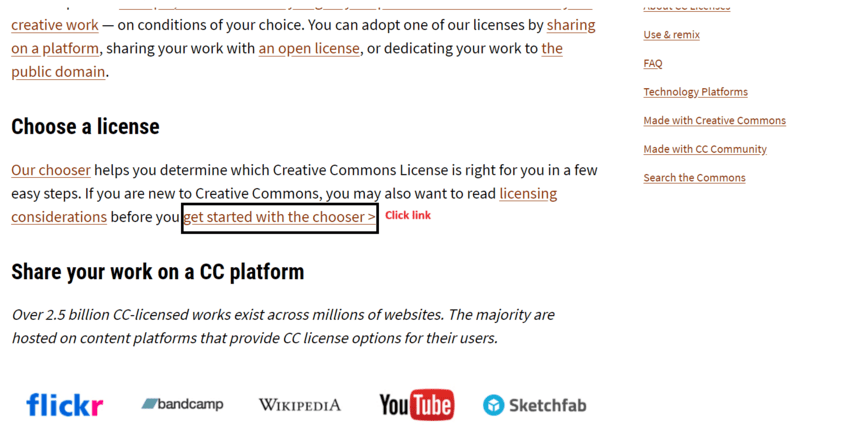
After that, there are some questionnaires where we need to select checkboxes.
To start, regarding the licensing, I choose "No"
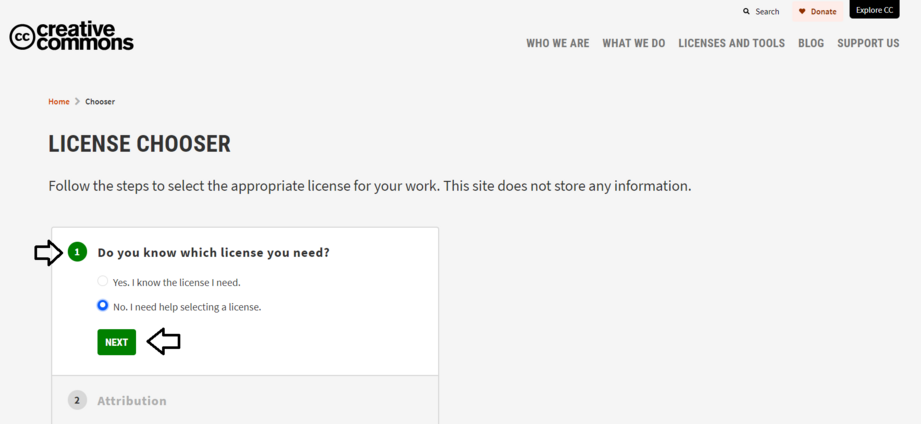
As for the attribution of work, I select "Yes." and click "Next" button.
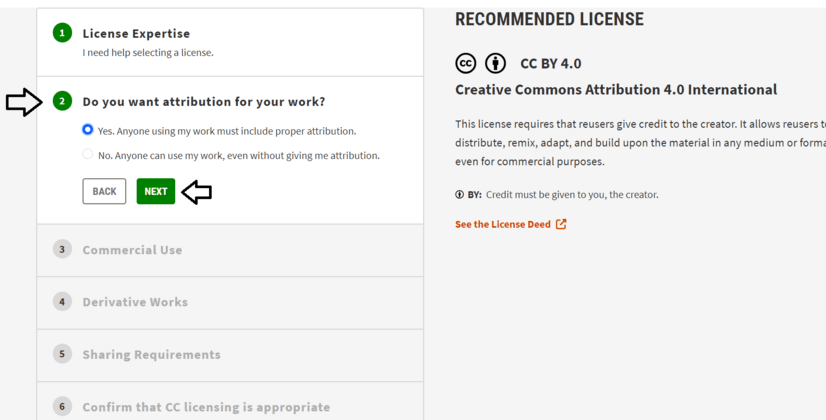
Then I clicked checkbox "No" for used of my work commertial purpose.
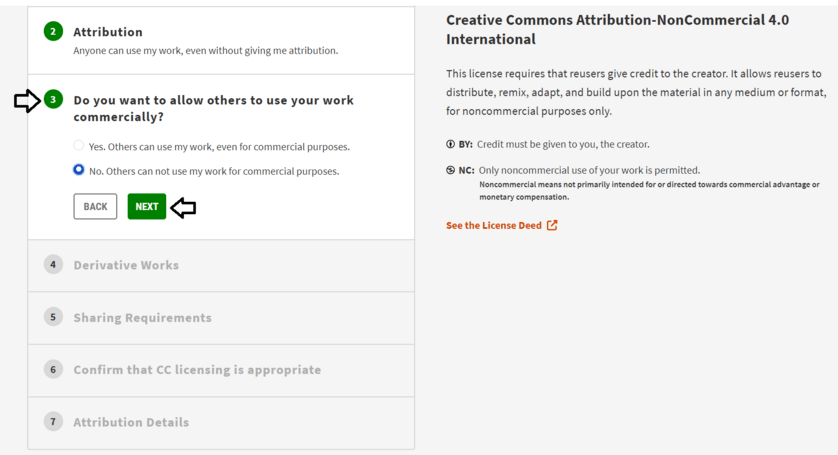
Select "No" for use my work in unadpted form.
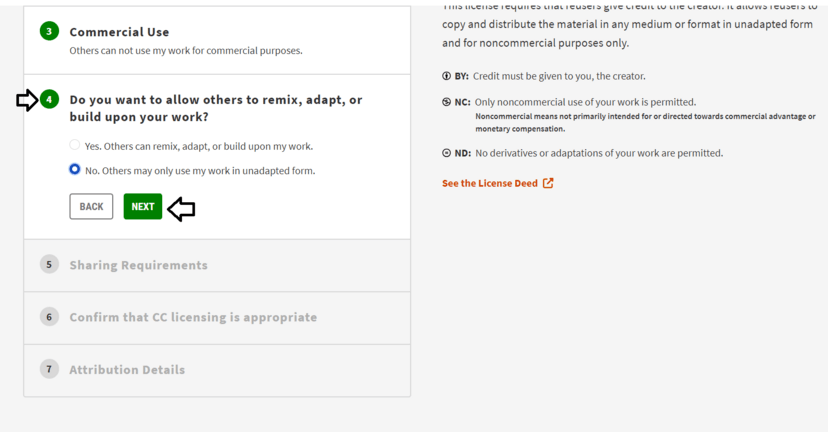
Then selected all checkboxes for licencing.
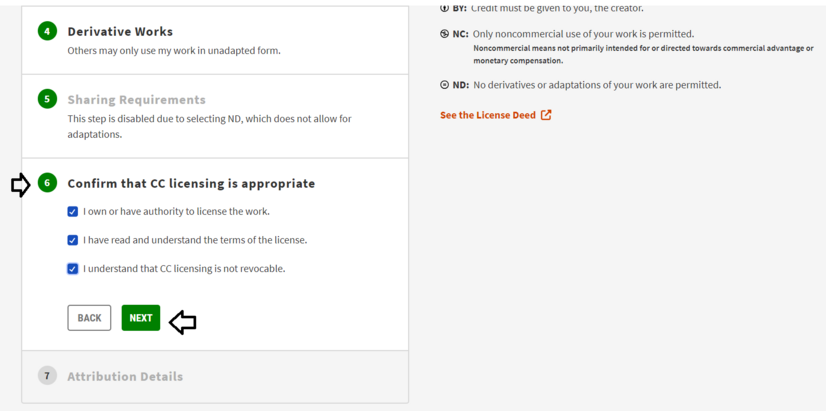
Next, I completed the attribution information.
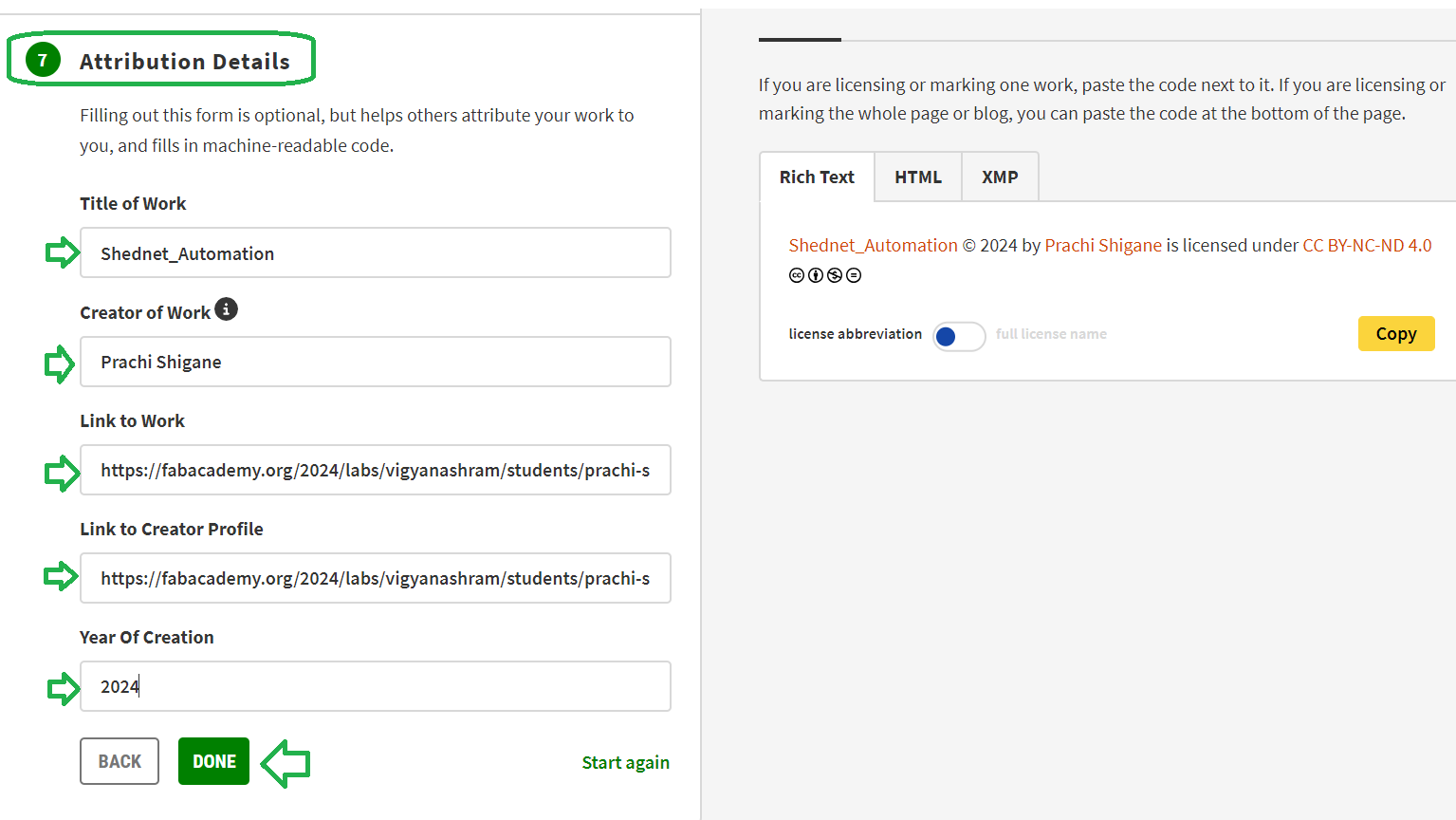
Licence look like.
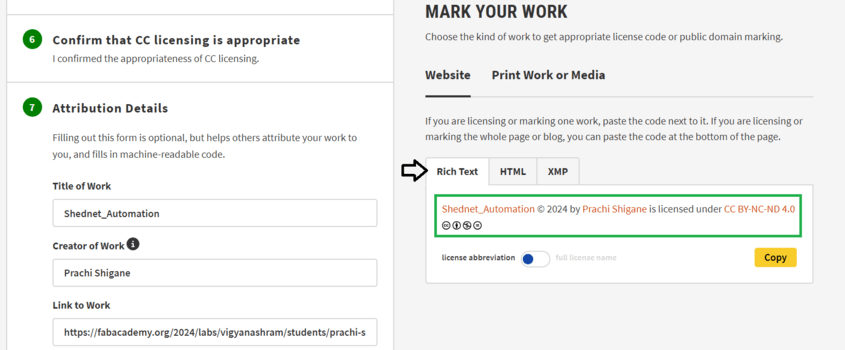
Then I copied code from "HTML" tab and paste it into my web page.
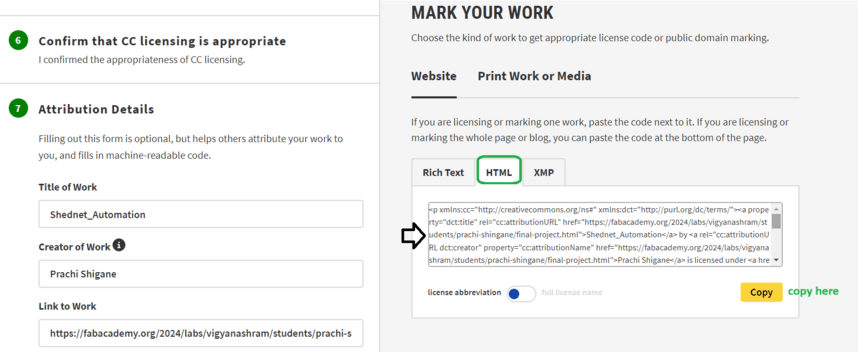
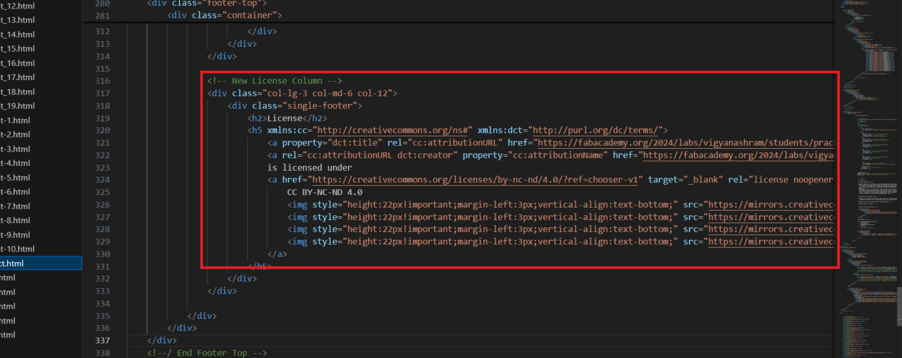
The license for my page footer is displayed here.
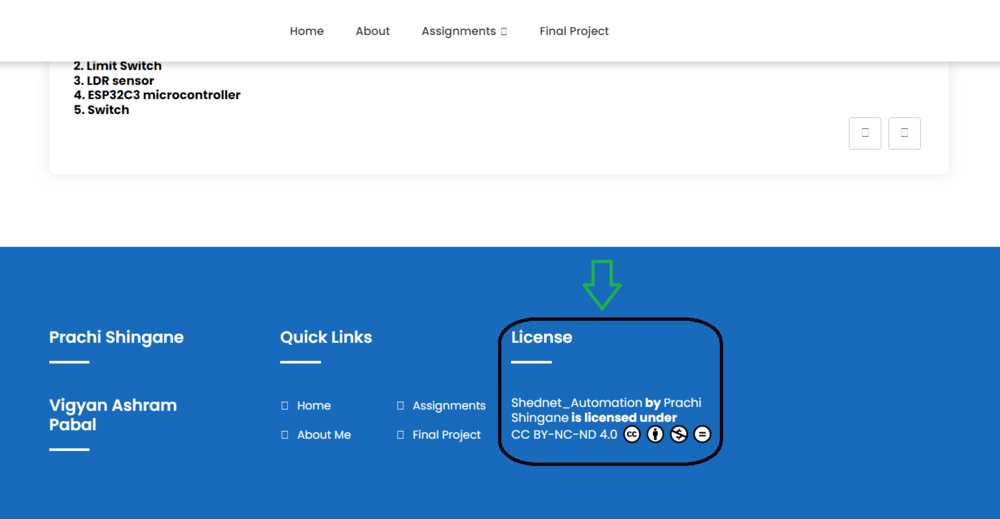
The above description explains the process of applying for a license in detail.
Slide Presentation for Shadenet Automation Project
